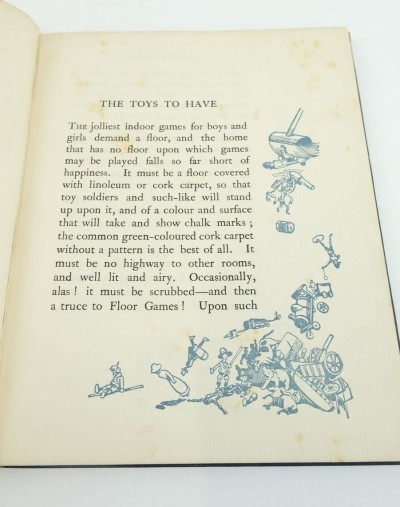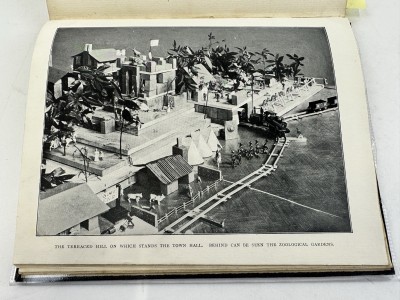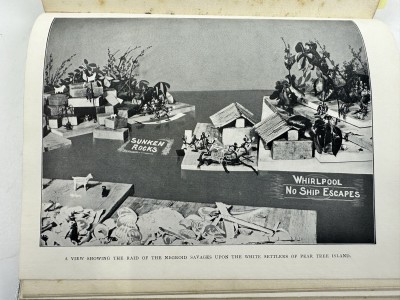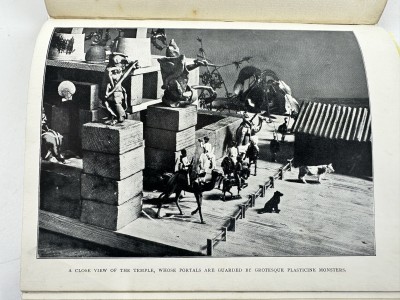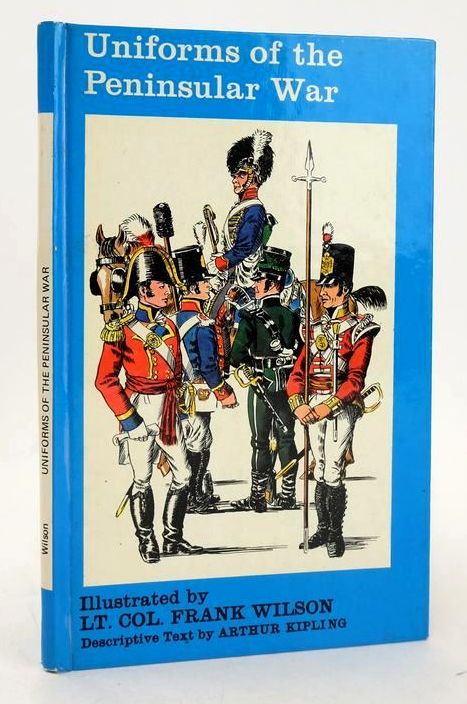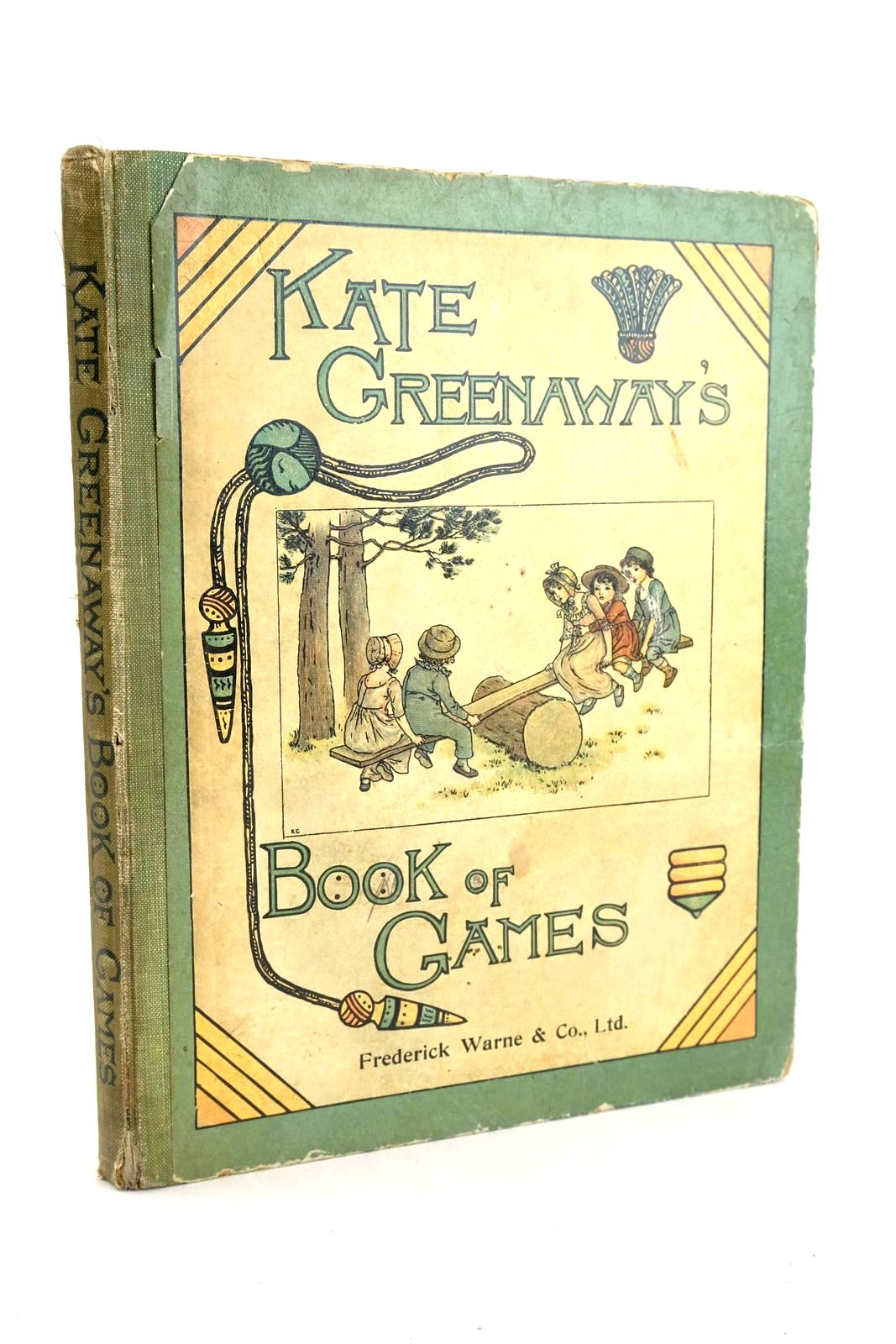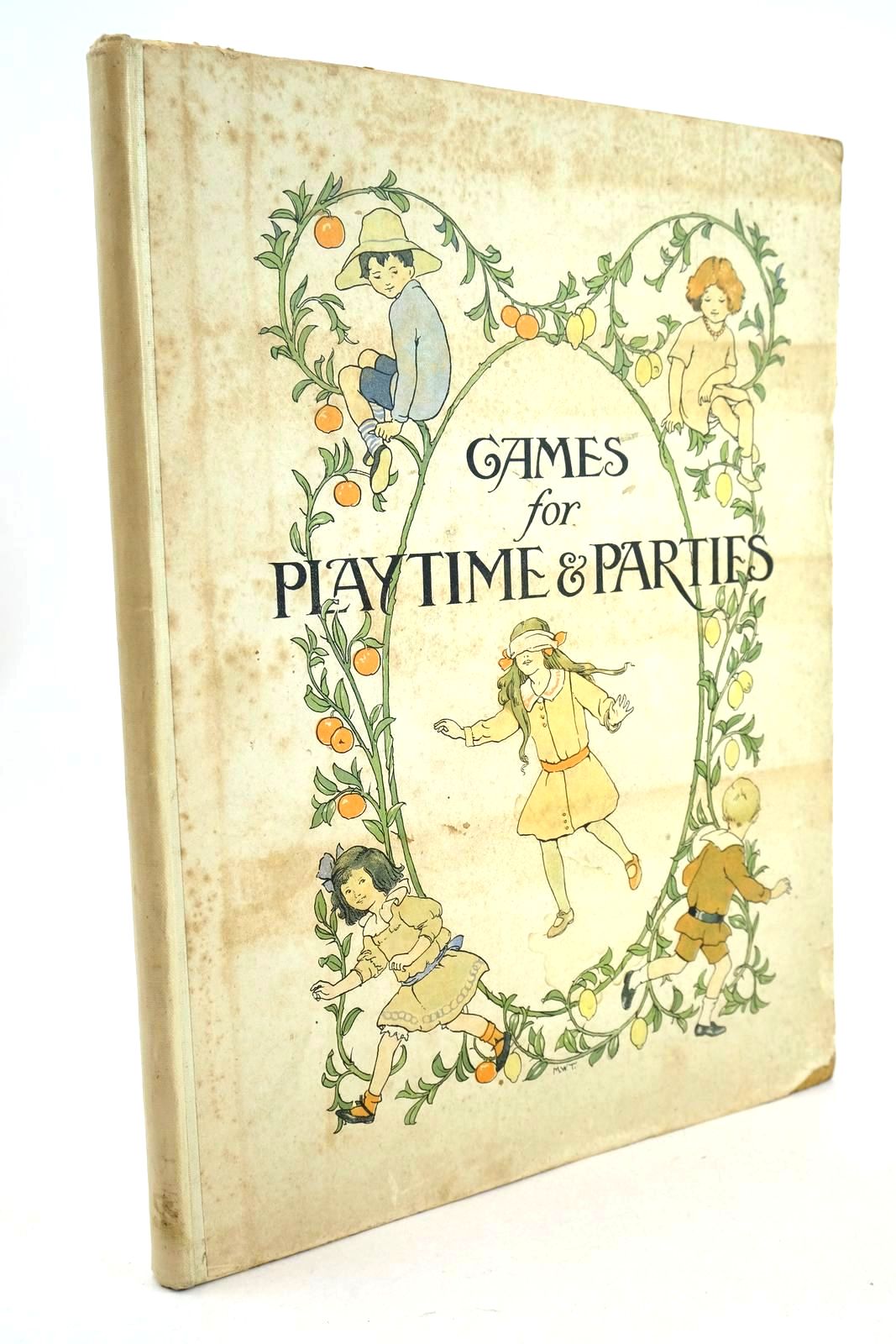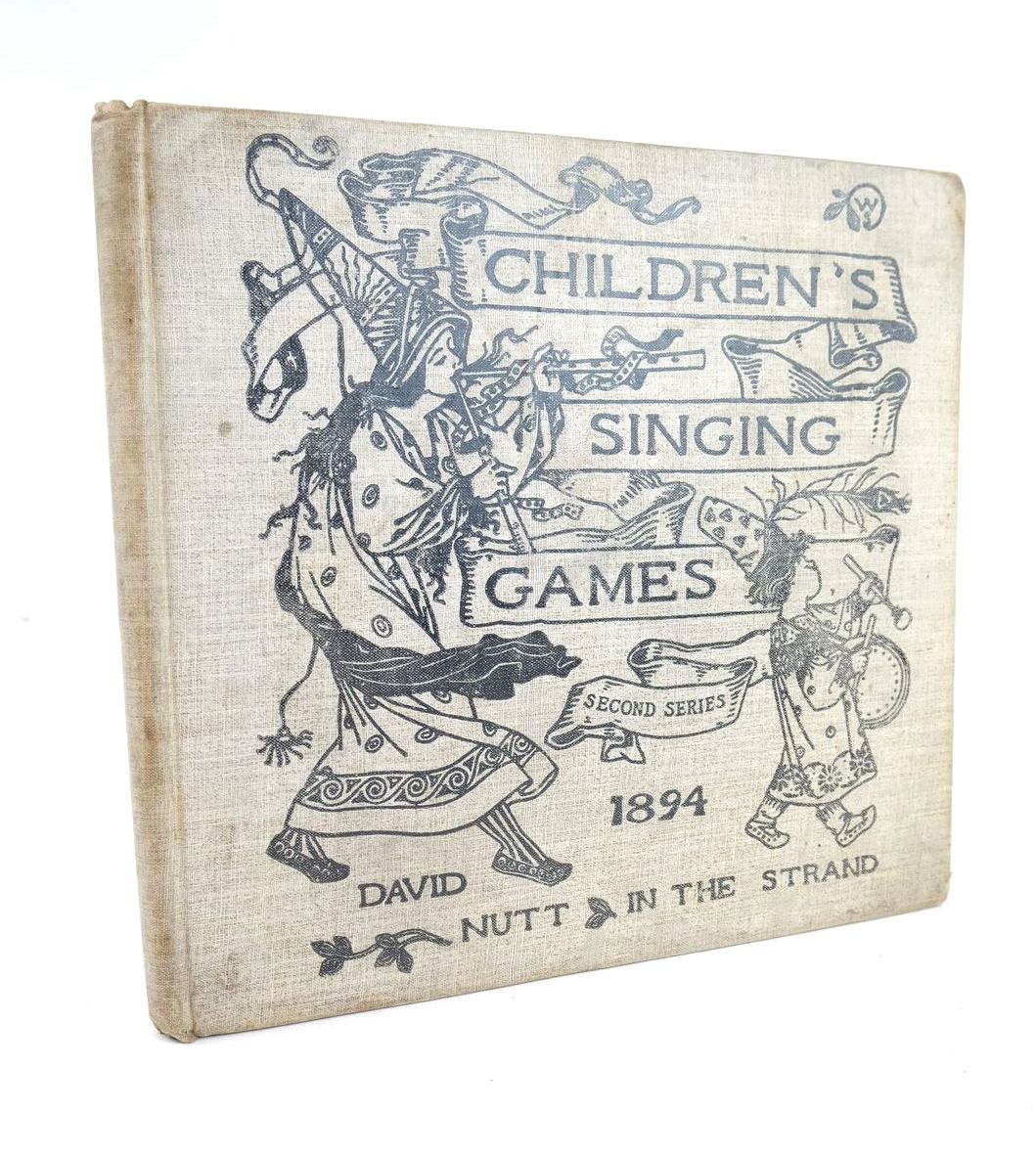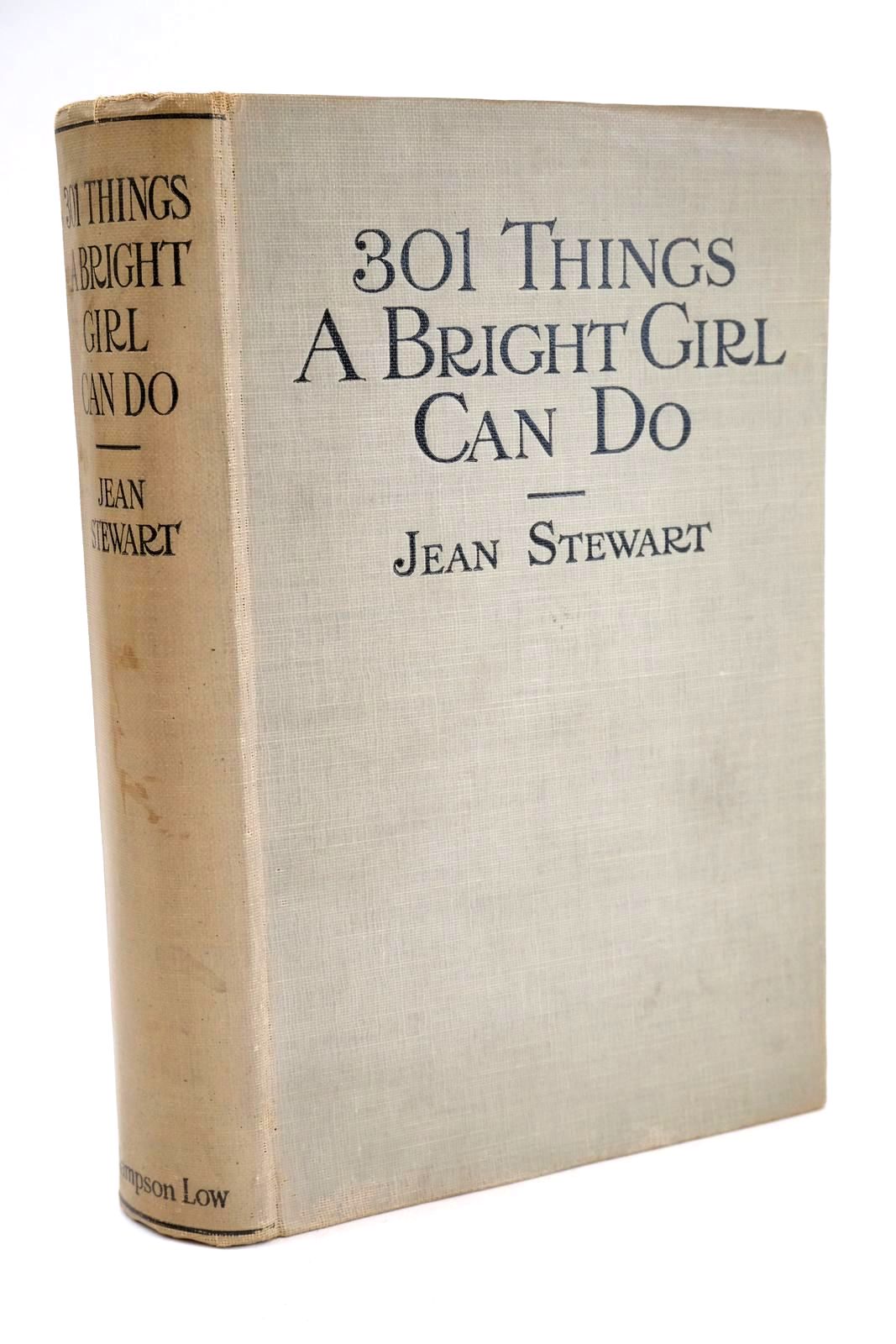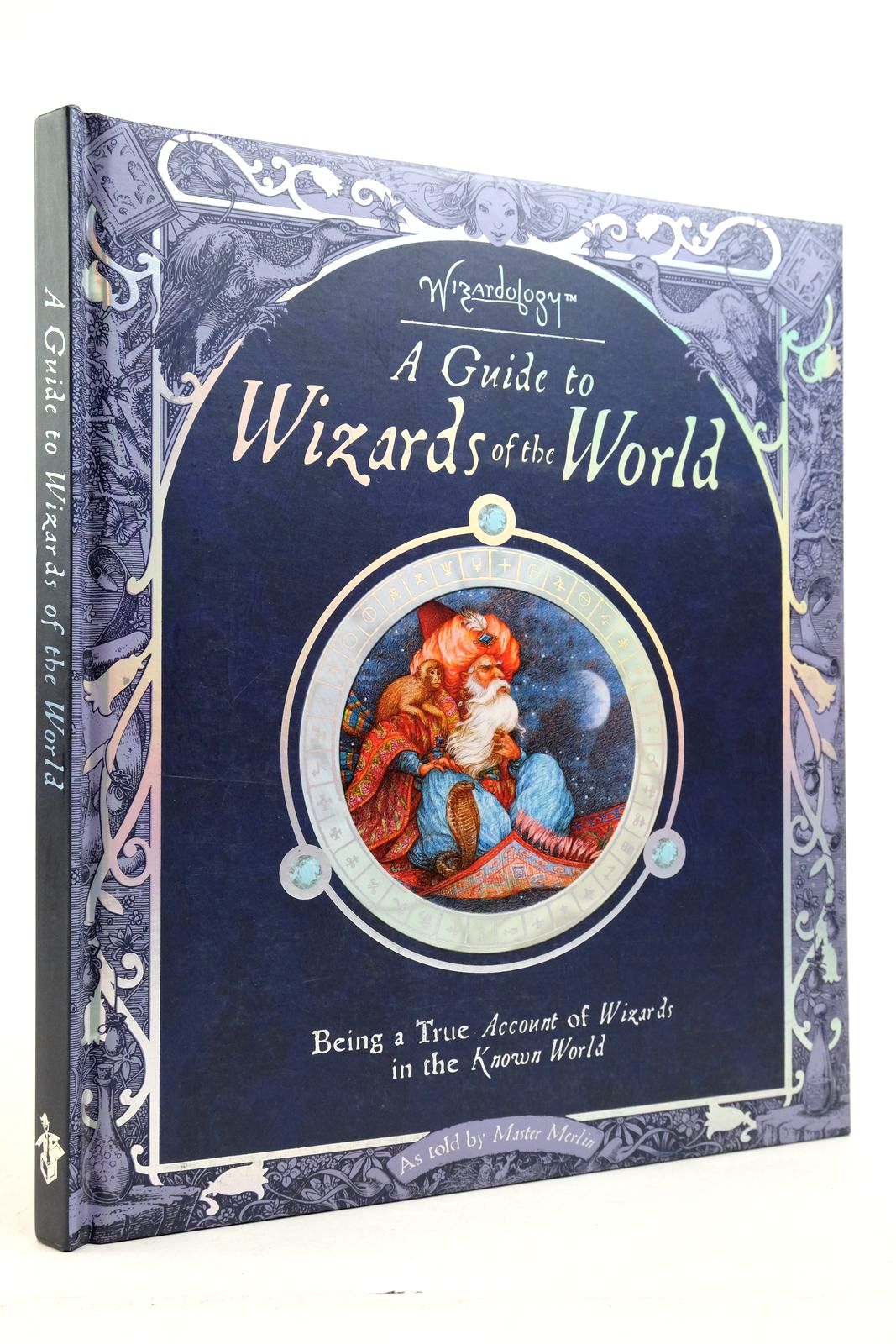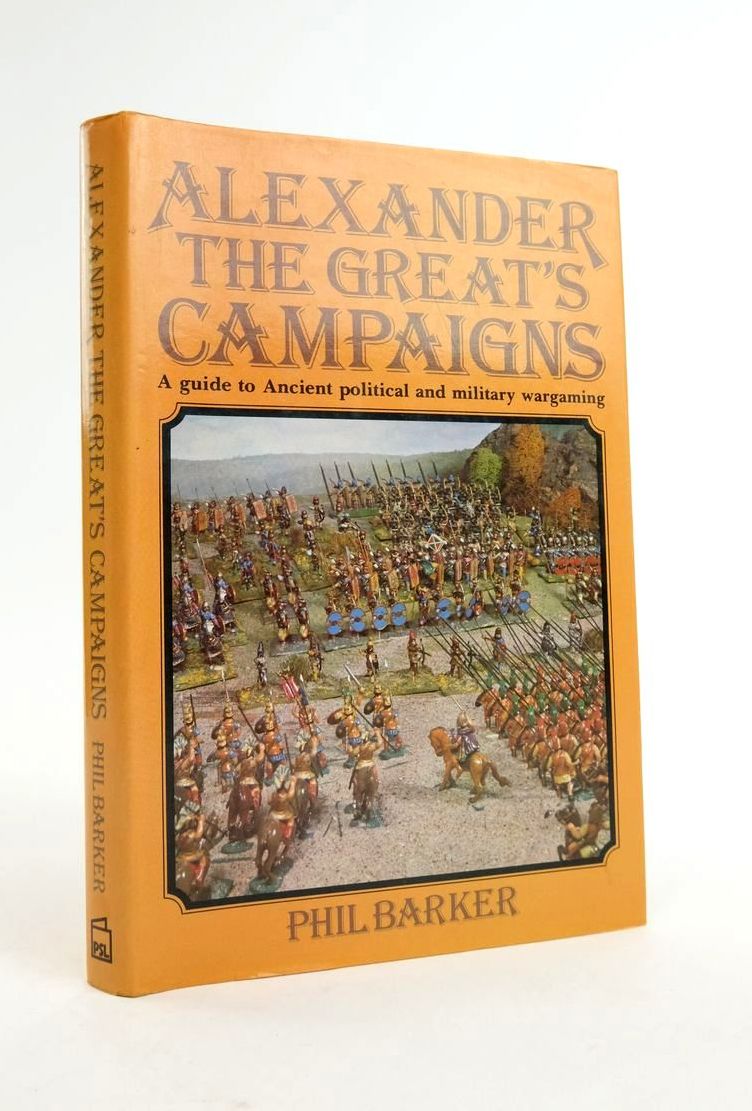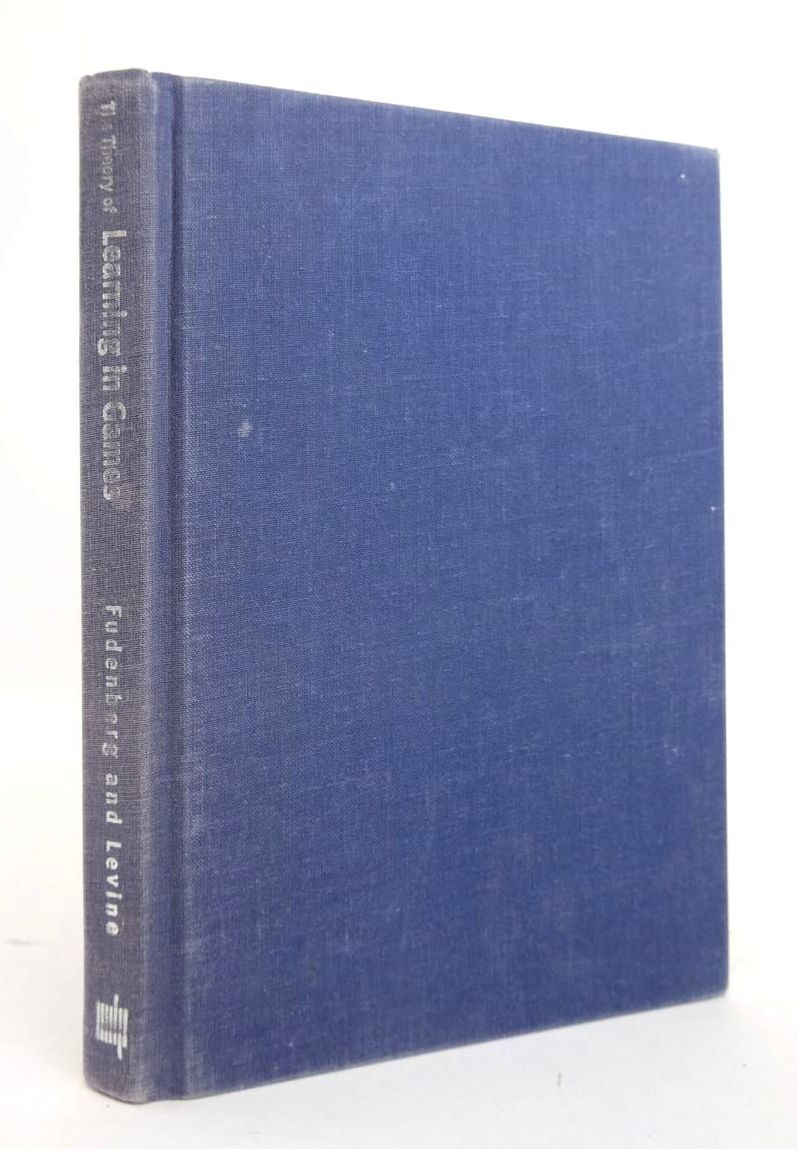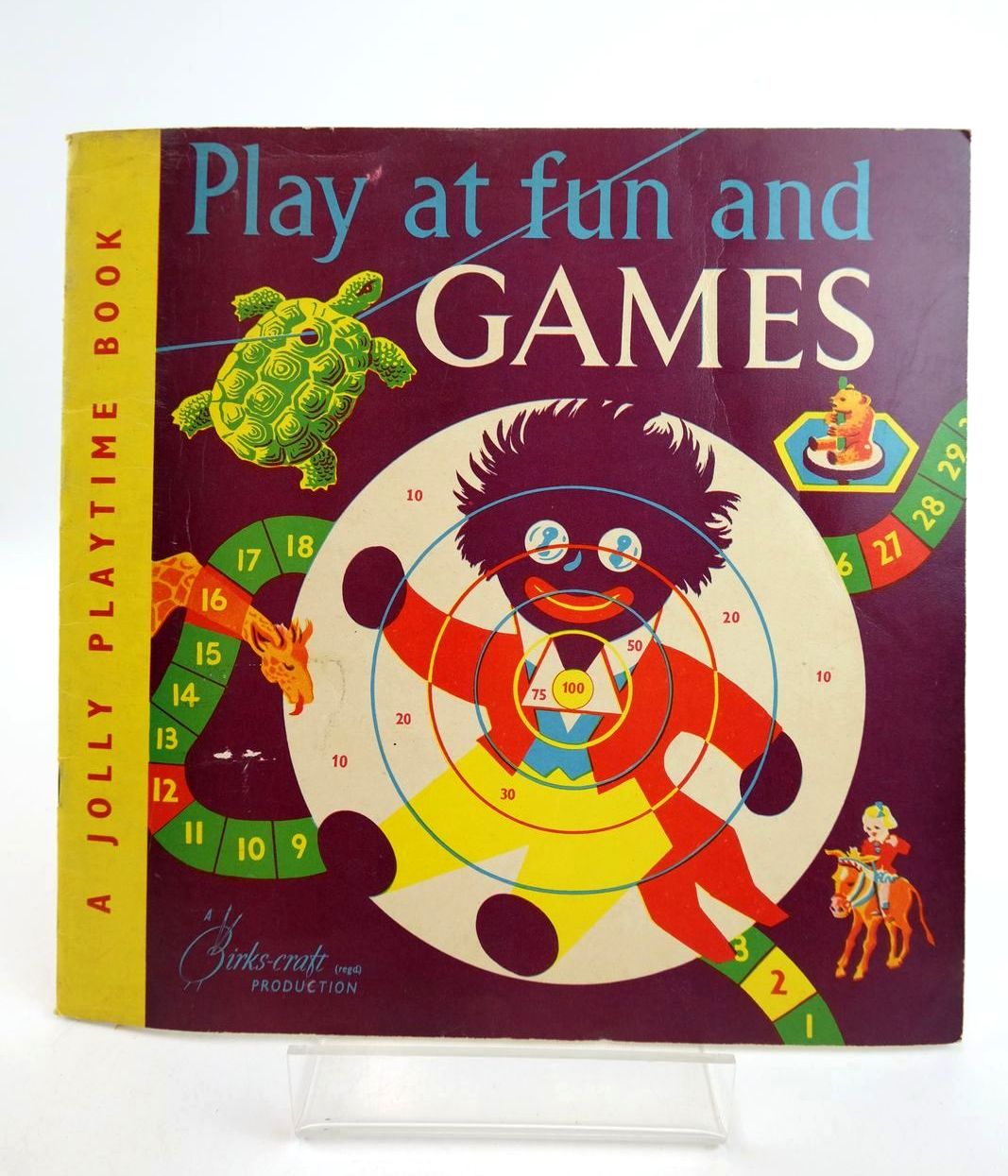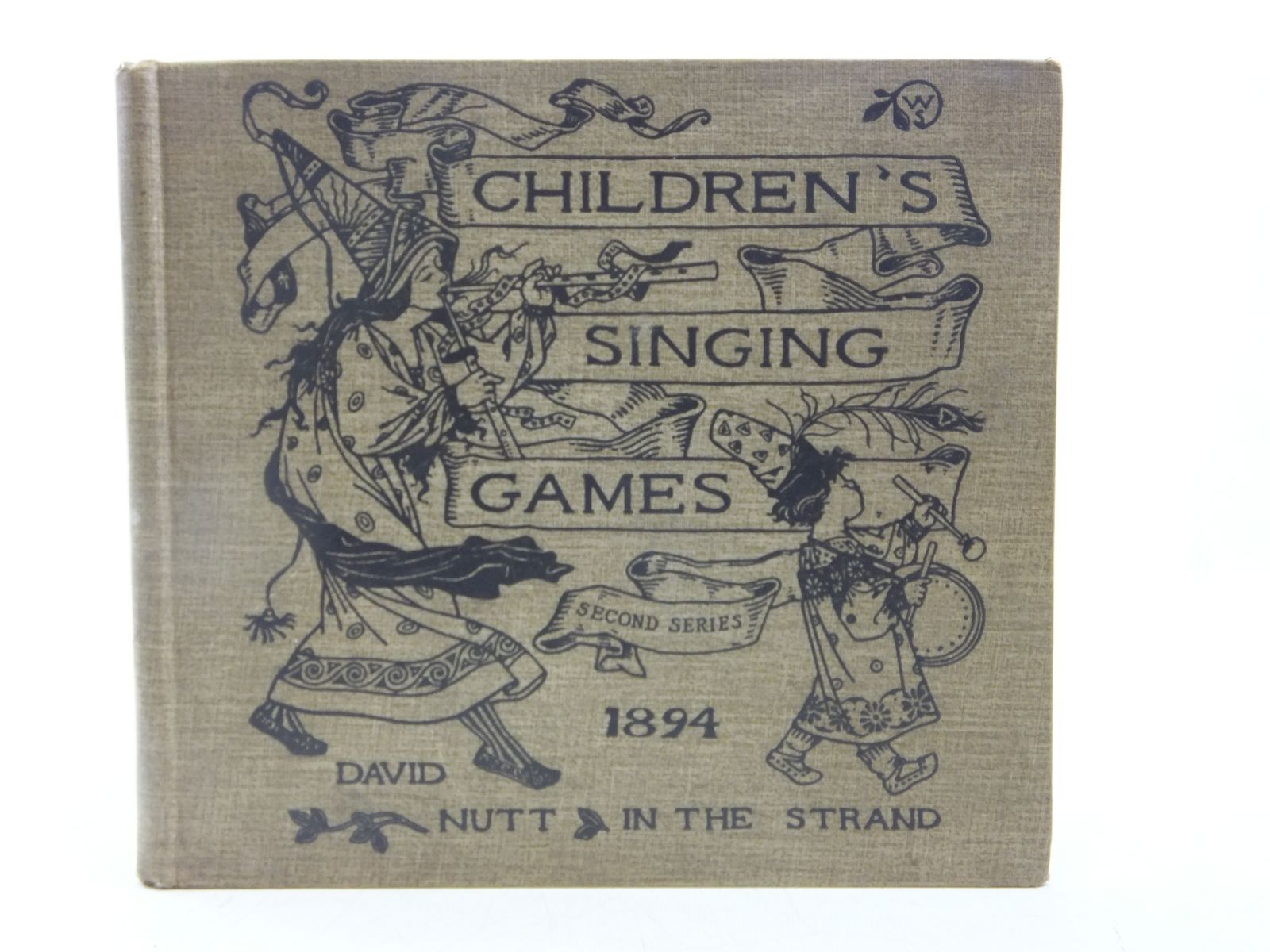Floor Games
Famous for his science fiction novels, now regarded as classics, H.G. Wells is not so well-known as an author of children’s books. In fact Wells wrote several books for younger children including ‘The Adventures of Tommy’ (1929), ‘Little Wars’ (1913) and this little book ‘Floor Games’, published in 1911.
Although he was a pacifist at heart, ‘Floor Games’ and ‘Little Wars’ were written by Wells to provide a more structured way to play war games. In fact, ‘Little Wars’ could be considered the first popular handbook for war gaming in the English language.
So, what are these floor games that Wells is describing? He starts the book with the statement “The jolliest indoor games for boys and girls demand a floor…Upon such a floor may be made an infinitude [what a lovely word!] of imaginative games…The British Empire will gain new strength from nursery floors”. I doubt this latter statement proved true but it’s an interesting concept!
Wells declares with reference to the games that “I have tried them all and a score of others like them with my sons, and all of the games here illustrated have been set out by us”. The toys that constitute the games belong to four main groups – Soldiers (and with these Wells includes “sailors, railway porters, civilians, and the lower animals generally”), Bricks, Boards and Planks, and a lot of Clockwork Railway Rolling Stock and Rails. He adds that there are also “certain minor objects – tin ships, Easter eggs, and the like – of which I shall make incidental mention, that like the kiwi and the duck-billed platypus refuse to be classified”!
Regarding boards and planks, Wells laments that “Lots of boys and girls seem to be quite without planks and boards at all, and there is no regular trade in them”. Much like today then, as I’m sure most modern children are also without planks and boards! He is also quite scathing about the “silly little bricks of the toyshops” describing them as “skimpy, sickly, ridiculous pseudo-boxes of bricklets” and declaring “how utterly we despise them…They are too small to make a decent home for even the poorest lead soldiers…and there are never enough, never nearly enough”. So, the answer is, according to Wells, to have your local carpenter make hundreds of whole bricks and half-bricks, enough to “pave a dozen square yards of floor with them”.
Having specified what toys are required for these floor games, the remainder of the book is devoted to detailed descriptions of the layouts for two general types of floor games – The Wonderful Islands and The Building of Cities. The last chapter is entitled “Funiculars, Marble Towers, Castles and War Games But Very Little Of War Games”. Clearly exasperated by the lack of toy civilians as opposed to solders, Wells states that “We could reconstruct all sorts of historical periods if the toymakers would provide us with people. But at present, as I have already complained, they make scarcely anything but contemporary fighting men. And of the war games, I must either write volumes or nothing. For the present let it be nothing”.
In summary, this is a highly readable and entertaining little book, giving an insight into the family life of H.G. Wells and his candid views on the toys available to children at the time. We also have full page black-and-white photos of the various game layouts Wells and his children created, along with delightful drawings by J.R. Sinclair on the margins of every page.
Contributed by Chris
(Published on 15th Feb 2023)



